“Every friend is to the other a sun, and a sunflower also. He attracts and follows.” – Jean Paul
The sunny sunflower exudes happiness and summer with its large yellow flower and sturdy tall stem. The common sunflower, also known as Helianthus annuus is the most common and recognisable type of sunflower used by florists, gardeners, farmers, and flower enthusiasts but the Helianthus genus consists of more than 70 different varieties. Sunflowers are often grown for their oil, edible seeds, or as décor in flower bouquets or the garden. Curious to know more about this amazing flower? Give Gift Boutique Hong Kong has everything you need to know about the gorgeous sunflower.
Naming and Myth
Sunflower is derived from the Greek words helios meaning the sun, and anthos, meaning flower. Sunflowers are heliotropes as many young sunflowers will always reposition themselves to face the sun. More mature sunflowers will always face east. Its tendencies to face the sun, as well as its shape, is likely where its Greek name comes from.
The Greeks have a myth about the sun god Helios and his nymph lover Clytie on the creation of the sunflower. Helios took on a new lover in which Clytie told the father of his new lover about the relationship in which she was punished by being buried alive. Helios turned her into a sunflower and since Clytie still loved Helios, even in her flower form, she would watch him as he moved the sun with his chariot across the sky.
Scientific Information
Helianthus includes around 70 species of flowers and is in the daisy family. Most species grow in temperate regions but some favour tropical regions. Sunflowers generally grow during the summer with the peak growing season around mid-summer, the flowers can generally last until early fall.
Origins
Except for three of the South American species, most sunflowers are native to North America and Central America. Native Americans were the first to cultivate sunflowers around 3000 BCE as they grew them for food, flour, medicine, dye, and oil. Sunflowers reached Europe after Spanish conquistadors took the flower back around the 1500s.
Photo by Jordan Cormack on Unsplash
History of Sunflowers
When the Spanish brought the sunflowers back from the new world, it spread across Europe. Tsar Peter the Great was so enthralled by sunflowers when visited the Netherlands that he took some back to Russia. Between the 1700-1800s, the Russians began growing sunflowers in large quantities creating many new hybrids, some of which made it back to the new world and still grow today such as the Russian Mammoth.
Sunflower Colours
Many people think that sunflowers only come in one shade, yellow. While that is true for some of the more prominent species there are some varieties of sunflowers that can come in shades of orange, red, brown, and even and purple!
Different Sunflower Types:
While most people are familiar with sunflowers in a large or a tall form there are other types of sunflowers that can come in dwarf sizes and different colours.
Photo by Kouji Tsuru on Unsplash
American Giant
This enormous sunflower can grow up to 15 feet tall with a bloom that stretches one foot in width, meeting up to its name. This is a very sturdy sunflower despite its size and is less likely to wilt or fall over compared to other types of giant sunflowers.
Russian Mammoth
Another giant type of sunflower, the Russian Mammoth can grow between nine and 12 feet and is a popular choice for enthusiasts as it grows easily. Russian Mammoths prefer a Mediterranean climate and can grow as early as April. The Russian Mammoth sunflower is also often used to harvest sunflower seeds.
Schweinitz Sunflower
One of the rarest sunflowers, the Schweintz Sunflower is found in the USA and only grows in North and South Carolina. This endangered species averages around 6.5 feet in height. The flower was discovered by a botanist named Lewis David von Schweintz in the 1800s, hence its name.
Photo by Lianne W-M on Unsplash
Little Becka
The Little Becka is a bi-coloured sunflower that is often yellow and orangish-red. The Little Becka is a pollen-less sunflower that grows to about knee height. It is popular in gardens due to its size and for its colour.
Suntastic Yellow
Only growing about 20 inches tall, the Suntastic Yellow has bright yellow petals with a dark black centre. It is a dwarf variety that grows in packs of five or eight and looks lovely in flower bouquets and arrangements.
Chianti
One of the darkest shades of sunflowers, the Chianti sunflower often takes the deep red shade of wine, making for purplish petals. This stunning variety grows between four and six feet in height.
Sunflower Symbolism
Sunflowers are rich in symbolism and hold a variety of wonderful meanings:
*Chinese people often associate sunflowers with long life, good fortune, and vitality.
*The Incas used sunflowers to symbolise the Sun God and were brought to the temples to worship with priestesses wearing sunflowers on their clothes and as crowns.
*The Greek myth of Helios and Clytie has meant that the sunflower expresses adoration, unwavering faith, unconditional love, and loyalty.
*To certain groups of Native Americans in North America, the sunflower represents harvest, bounty, and provision.
*The yellow colour of the sunflower often symbolises intelligence, happiness, vitality, and friendship.
*Sunflowers also symbolise worship and faith in some religions due to their resemblance to the sun which is associated with spiritual knowledge and seeing the light.
Sunflower Arrangements
Sunflowers are so vibrant and beautiful that they look stunning in a variety of flower bouquets. They’re also ideal for people with sensitivities as they are naturally fragrance-free.
*Despite being summer flowers, sunflowers are often used in autumn flower bouquets due to their earthy shades.
*Sunflowers are best used as a focal point flower due to their vibrant shape and appearance.
*Sunflowers make perfect graduation bouquets as the Chinese believe that the sunflower will bring good luck and good fortune.
*Sunflowers pair well with smaller flowers like eustoma, alstroemeria, dahlias, lavender, baby’s breath and delphinium, especially in shades of white, orange, red, or purple.
*Sunflowers also look stunning with Gerber daisies as they’re from the same flower family and have a similar shape. Contrast the sunflowers with pink Gerbers for an extra vibrant arrangement.
*Sunflowers make gorgeous wedding flowers, especially for an outdoorsy or rustic wedding. Sunflowers can make solo centrepieces, wreathes or be the focal point in a wedding bouquet.
*Sunflowers also pair well with greenery and flower fillers like eucalyptus as the green accentuates the colour contrasts of the flower.
Sunflower Care
Sunflowers are very hardy flowers and are often easy to grow and maintain either in the garden or in a flower bouquet.
Garden Care:
Many sunflowers can tolerate heat and drought which make them easy plants to grow. Seeds should be planted one to two inches down with sprouts growing after seven to ten days. As the sunflower grows it needs to be watered at the root base daily but not soaked. Sunflowers generally don’t require fertilizer. If you’re growing a sunflower variety that has harvestable sunflower seeds you’ll know when they’re ready to harvest when the backside of the flower turns from a green to a yellow or yellow-brown colour. This is generally 30-45 days after the flower blooms.
Cut Sunflowers Flower Care:
While generally tolerant of drought, sunflowers still love water so keep sunflowers in room temperature water at all times. This also helps ease the shock from being cut.
The leaves should be stripped from the sunflower except for a few near the bloom as they can dehydrate and wick moisture away from the stem. Leaves immersed in water can rot and shorten the life of sunflowers.
General Flower Care:
*Cut the stems at a 45-degree angle.
*Use flower food.
*Prune and remove any dead or dying leaves or petals, especially if they’ve fallen in the water.
*Change the water daily.
*Keep flowers away from drafts, fans, and appliances that give off heat.
Related: How to Make Your Flowers Last Longer
More Facts About Sunflowers:
*Sunflowers were the muse for a variety of famous artists. Most notably Van Gough with his sunflower series.
*Sunflowers can be given as a 3rd wedding anniversary as it indicates adoration, loyalty, and strength.
*Sunflowers are fragrance-free flowers.
*The world’s tallest sunflower broke records in 2014 as it reached 30 feet and one inch.
*Native Americans used sunflower leaves to help soothe chest pain and pulmonary issues.
*Each sunflower's head is actually made up of smaller flowers, rather than it being one big flower. The petals on the outside cannot reproduce but the disc floret in the middle can as that is where the seeds develop. They have both male and female sex organs so sunflowers can self-pollinate.
*After a sunflower head is empty of seeds they can make efficient, environmentally-friendly, disposable scrubbing pads for all types of cleaning.
Give Gift Boutique Florist page: https://acnpcost.website/flower-shop-home-hk
This is a Hong Kong GGB original 'Flower Facts: Everything You Need to Know About Sunflowers' blogpost.





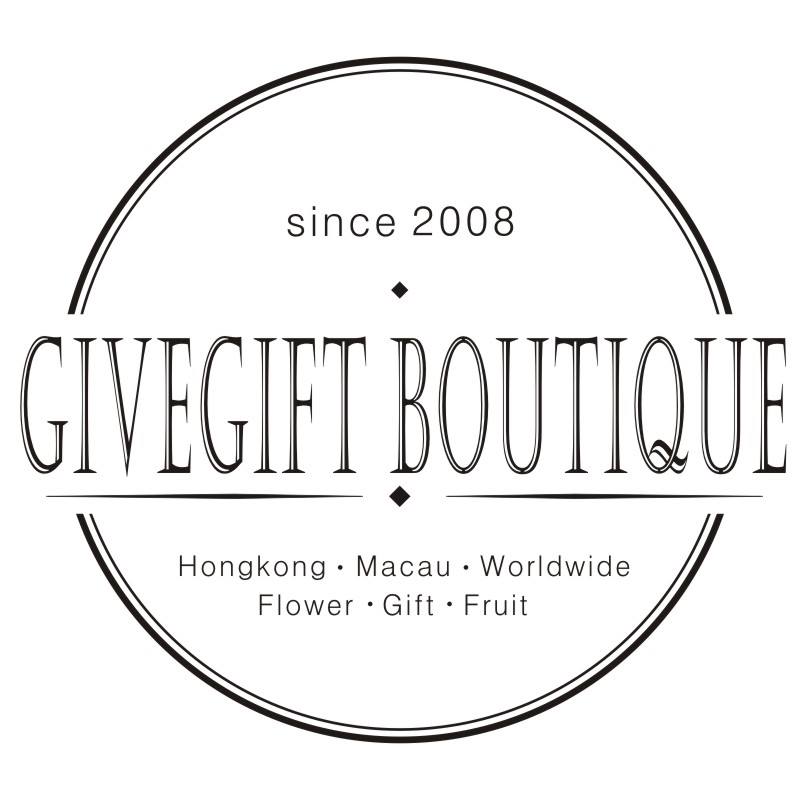




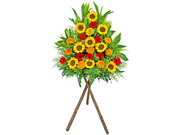
.jpg)



 Share
Share Tweet
Tweet +1
+1  Pin it
Pin it Post
Post  Weibo
Weibo Review
Review




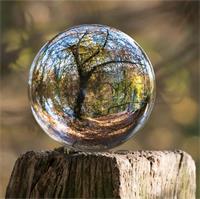



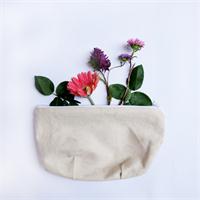



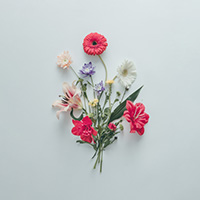

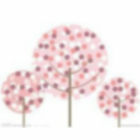




 Diwali Gifts
Diwali Gifts 
 ▶
▶